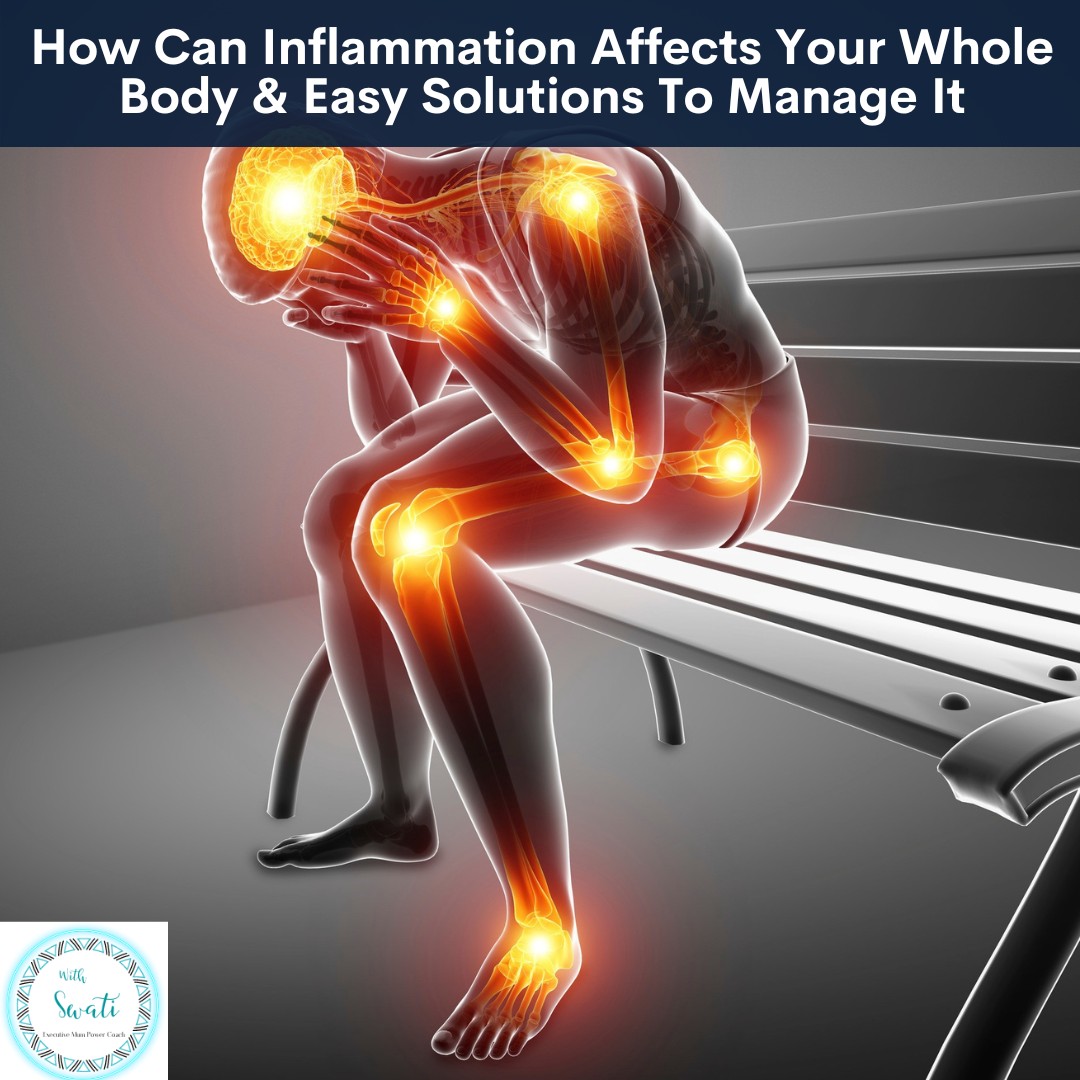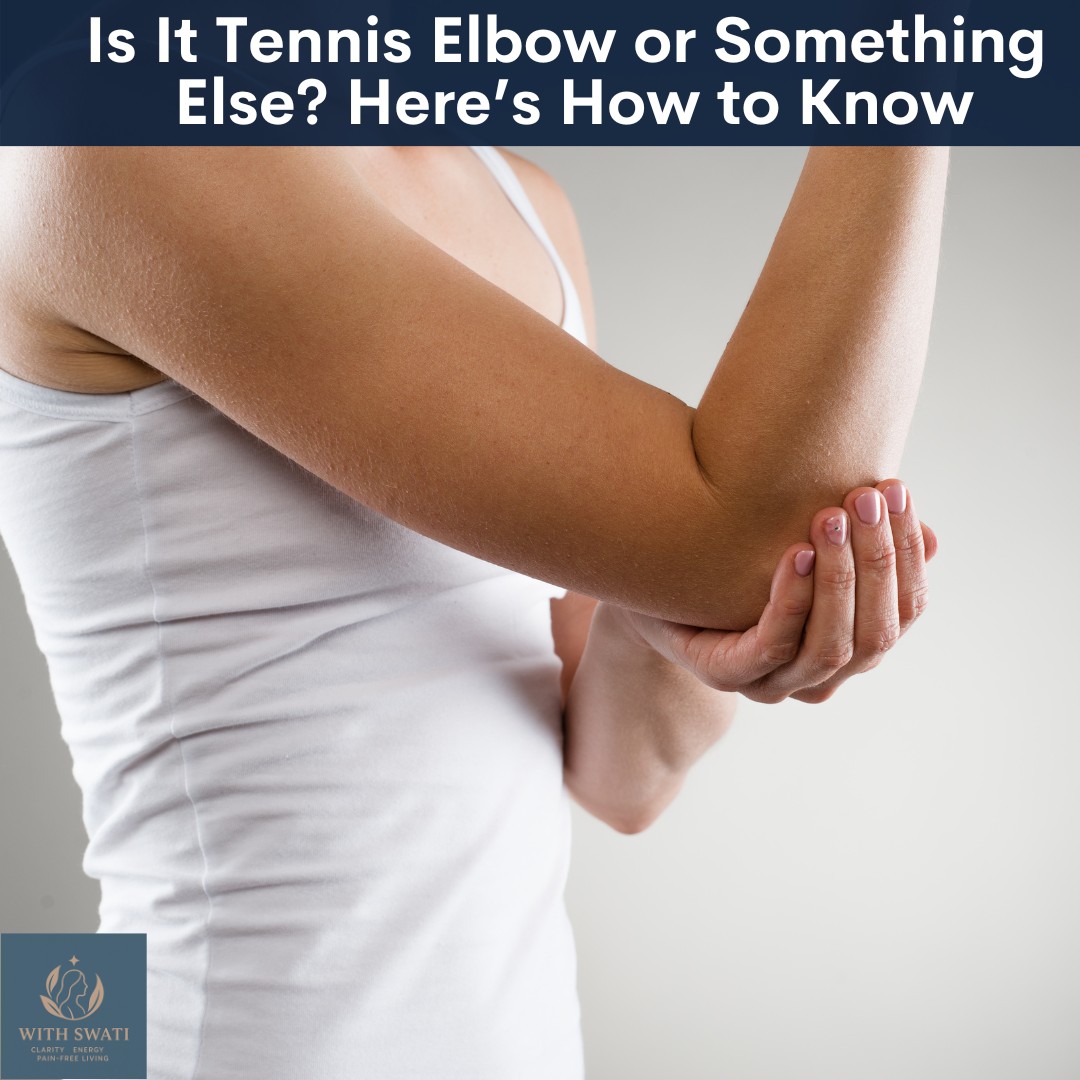
Are you experiencing recurring headaches that seem to originate from the neck area? If so, you might be dealing with a cervicogenic headache. Although it can be quite bothersome, understanding its symptoms can help you identify and address the issue effectively. In this blog, lets discuss how can you know if you are suffering from a Cervicogenic or Cervical Headache.
Our cervical spine is made up of seven vertebra that can be roughly divided into an upper and lower portion. Between every two vertebra there are nerves exiting the spine on the right and left. These nerves supply different parts of the body. When the upper to mid cervical spine is affected and this irritates the nerves in the area it can manifest as a cervicogenic headache.
Cervicogenic headaches have some typical characteristics that can help you to determine if your headache is originating in the neck or the Cervical spine. Here are some common signs to look out for:
1. Pain can be dull, achy or sharp, depending on the fibres of the nerves that are being compressed. The symptoms of Cervicogenic headache; ie, nerve pain can vary from person to person or even from one episode of pain to the other.
2. The headache usually starts as a stiffness or pain in the upper part of the neck and goes up from the back to the top of the head. It can also spread to the side of the head, temple and behind the eye. Sometimes it can also be felt as pain or pulling sensation at the back of the eyes and the TMJ or jaw joint due to the tightness or spasm in the muscles around the cheek and the TMJ.
3. Cervicogenic headaches manifests as pain on one side of the head as it is dependent on the nerve that is being compressed on that side of the neck. It does not move from one side of the head to the other, unlike a tension headache that is usually felt on the full forehead or a migraine headache which is more diffuse and is felt like a pounding pain over the whole head. Cervicogenic headaches can be double sided if nerves on both sides of the neck are involved but the two sides are usually independent of each other and symptoms and severity on both sides can differ.
4.Neck pain and stiffness maybe associated with cervicogenic headaches. You might experience discomfort, tightness, or reduced range of motion in your neck. This is especially evident as you look over your shoulder when driving or turning your head to look behind you or when you tilt your head to your shoulder.
5. Cervicogenic headaches can be triggered by specific movements or positions, such as rotating or sudden jerking motions, as well as maintaining a static position for an extended time.
6. Factors that aggravate or increase the neck pain such as poor posture, prolonged sitting at desks or repetitive movements of the neck, physical stress that leads to shoulder stiffness will tend to increase the headache and those that relieve the neck pain such as hot or cold packs, exercise, TENS machine will reduce the headache too.
Poor postures are a very common cause of Cervicogenic Headaches and Neck Pain, specially for those who spend long time sitting at their desk or work with computers. HERE is a free guide on "How to maintain a good posture while working from home"
Get the course on "Simple Solutions to Manage your Cervicogenic Headache" HERE. This course offers practical, easy-to-implement proven strategies that actually work and have helped countless people to overcome their pain, regain energy, and fully engage with their families and careers.
If you like this blog and want to be notified about new blogs as soon as they are published, subscribe to my mailing list below.
I would love to see you around the internet! For other places you can explore more about me: https://withswati.com/page/link
















0 Comments